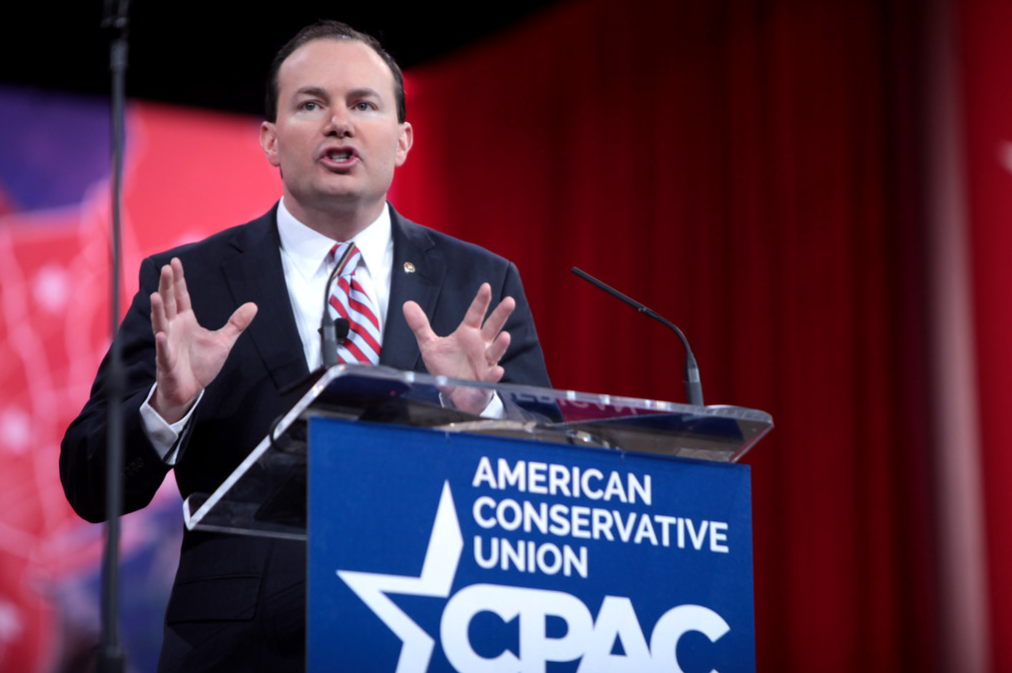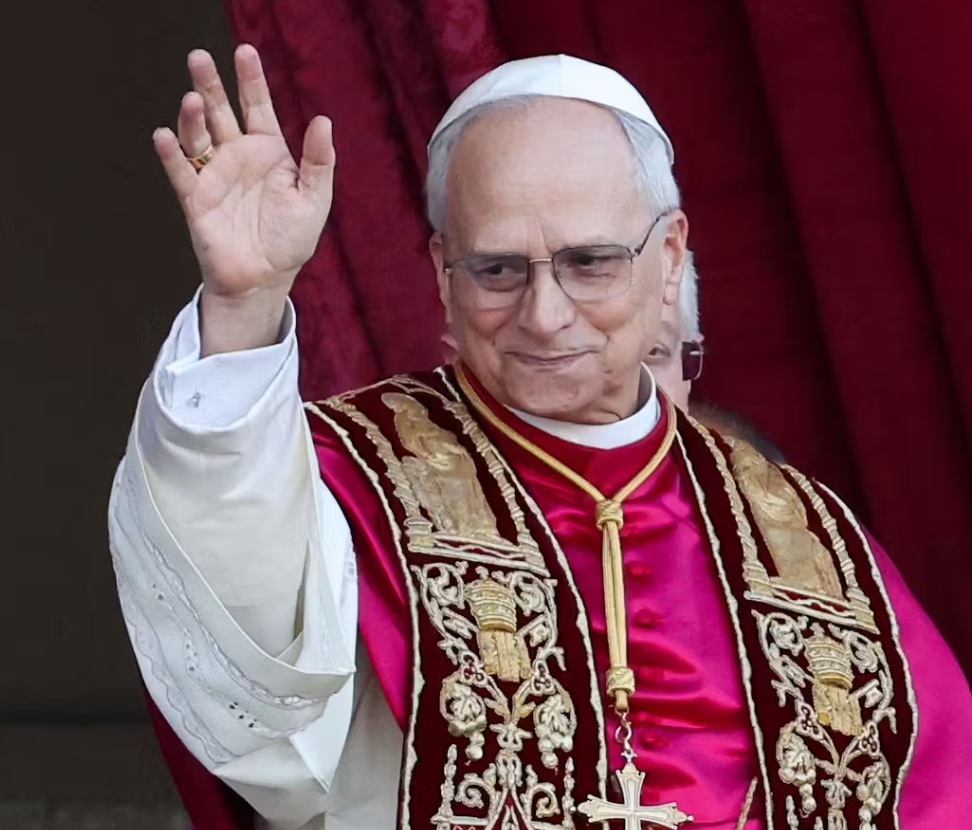“Road House,” featuring Jake Gyllenhaal and Conor McGregor, has swiftly kicked its way to becoming Amazon Prime’s most-watched film ever, garnering over 50 million views in just two weekends. Despite its roaring success on the streaming platform, the film’s absence from cinema screens has stirred quite the conversation among fans and industry insiders alike.
Director Doug Liman’s initial resistance to the film’s streaming-only release highlights a broader debate about the evolving landscape of film distribution. Liman, who reluctantly attended the premiere after boycotting it in protest, expressed his disappointment, suggesting that Amazon’s strategy focused more on boosting Prime subscriptions than celebrating cinematic art.
The choice to skip theaters, according to fans and commentators, might have left a considerable sum on the table. With estimates suggesting that if even half of those 50 million viewers had watched the film in theaters with a friend, the box office earnings could have soared to around $750 million, potentially outperforming other 2024 blockbusters.
This hypothetical success story has sparked discussions on social media, with fans pondering the potential boost in streaming numbers that a prior theatrical release could have provided. The sentiment is a testament to the enduring allure of the theater experience, underscored by the support from cinema champions like Chris Nolan and Tom Cruise, who have proven that moviegoers are still eager for the communal magic of the big screen.
As “Road House” punches above its weight on Amazon Prime, it ignites a dialogue on the future of film distribution, questioning whether streaming platforms and theaters can coexist or if the former will overshadow the latter. Amidst this industry tug-of-war, one thing remains clear: fans are still captivated by the allure of cinema, whether they’re watching from the comfort of their homes or the enchanting darkness of a movie theater.




